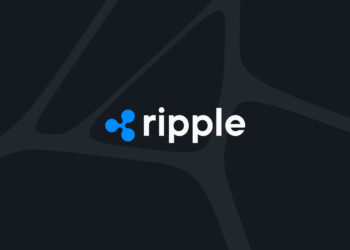Decoding the Ripple Airdrop: What you should Know

The thought of airdrops in the cryptocurrency space has gained significant attention in recent years. One of the most notable airdrops occurred with Ripple (XRP), an electronic digital currency noted for its focus on fast, low-cost cross-border payments. In this article, we'll explore such a ripple airdrop is, its significance, and the impact it has on the crypto community.

Understanding Airdrops
Before diving into Ripple's airdrop, it's essential to understand what an airdrop is incorporated in the cryptocurrency context. An airdrop is a distribution of free tokens or cryptocurrencies to some specific group of holders of an existing cryptocurrency. These tokens are often distributed to promote a task, reward loyal users, or introduce a brand new concept within the crypto ecosystem.
The Spark Token Airdrop
In December 2020, Ripple announced its plans for your Spark token airdrop. The Spark token is a member of Flare Networks, a good contract platform designed to bring smart contract capabilities for the XRP Ledger. The airdrop was made to distribute Spark tokens to eligible XRP holders.
Blueprint about the Spark Token Airdrop:
Eligibility: To be eligible for the Spark token airdrop, XRP holders required their XRP in participating wallets and exchanges within a specified snapshot date. The snapshot date was December 12, 2020.
Participating Exchanges: Various exchanges supported the Spark token airdrop, including Binance, Bitstamp, and Kraken. These exchanges facilitated the distribution of Spark tokens for their users.
Ratio: The distribution ratio for Spark tokens was set at 1:1 for eligible XRP holders. This meant that for every XRP held by an eligible participant through the snapshot, they would receive an equivalent amount of Spark tokens.
Utility: The Spark token is primarily designed to be utilized within the Flare Network, providing utility for smart contracts and decentralized applications (dApps). Holders can delegate their Spark tokens to secure the network and take part in governance decisions.
Significance of the Spark Token Airdrop
The Spark token airdrop was significant for many reasons:
Promoting Smart Contracts: The airdrop aimed to introduce smart contract capabilities to the XRP Ledger from the Flare Network. This may potentially expand the utilization cases and utility of XRP.
Rewarding XRP Holders: The airdrop rewarded XRP holders for loyalty and support from the Ripple ecosystem. It absolutely was a way to thank the city.
Fostering Decentralization: By getting XRP holders to sign up in the Flare Network's governance and security, the airdrop contributed to decentralization in the blockchain space.
Increasing Adoption: The airdrop garnered significant attention and participation, increasing the visibility and adoption of both XRP and also the Flare Network.
The Ripple Spark token airdrop was a noteworthy event in the cryptocurrency world, highlighting the intersection of two prominent projects inside the Ripple and Flare ecosystems. It rewarded XRP holders while paving just how for the integration of smart contract functionality on the XRP Ledger. Airdrops such as these demonstrate the dynamic and evolving nature of the cryptocurrency space, where innovation and community engagement are paramount. Because the crypto landscape is constantly on the evolve, it's important for participants to remain informed about potential airdrops in addition to their implications for your broader ecosystem.
